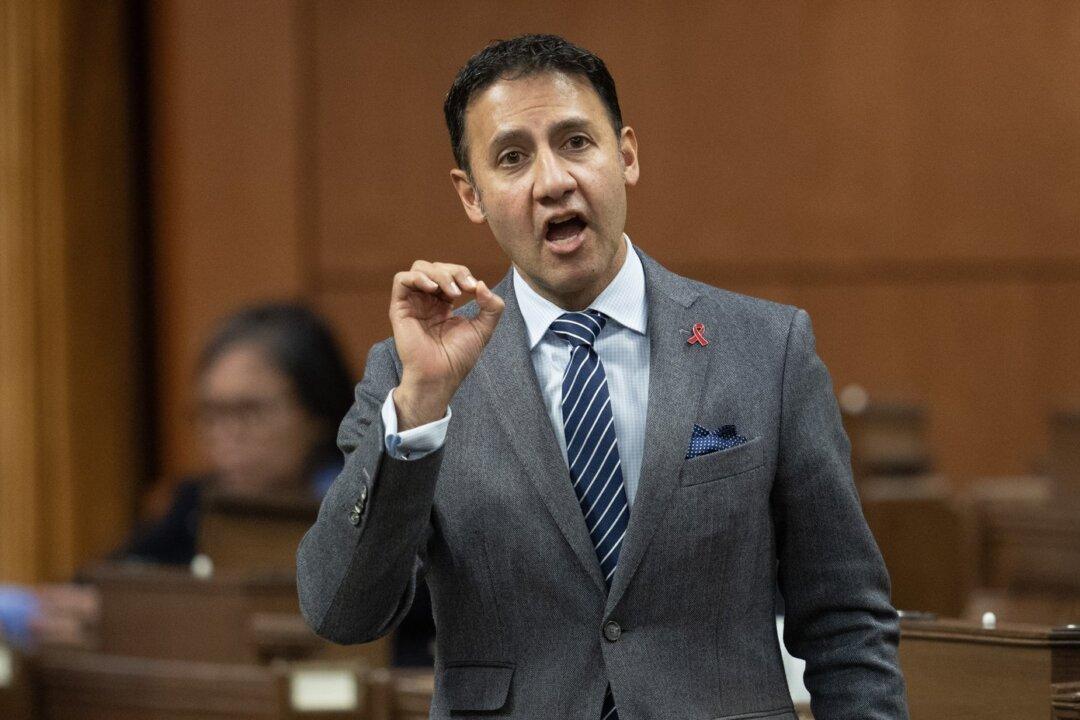OTTAWA—The Bank of Canada has slashed interest rates for the first time in more than four years, bringing its key rate to 4.75 percent.
Canada’s central bank reduced its 5 percent benchmark interest rate by 25 basis points June 5, claiming its monetary policy no longer needs to be as restrictive.
“We’ve come a long way in the fight against inflation,” Bank of Canada Governor Tiff Macklem told reporters. “And our confidence that inflation will continue to move closer to the 2 percent target has increased over recent months. The considerable progress we’ve made to restore price stability is welcome news for Canadians.”
With Canada’s inflation rate falling to 2.7 percent in April from 3.4 percent in December, the Bank said it has confidence that inflation will continue falling toward its 2 percent target.
However, the bank said it is “closely watching” economic markers like wage growth, corporate pricing behaviour, and supply and demand for any sign of an uptrend.
“If inflation continues to ease, and our confidence that inflation is headed sustainably to the 2 percent target continues to increase, it is reasonable to expect further cuts to our policy interest rate,” Mr. Macklem said.
Mr. Macklem warned that lowering interest rates too quickly could jeopardize the progress the Bank has already made on inflation. He said inflation could also rise if global geopolitical tensions escalate, Canadian housing prices rise faster than expected, or if wage growth remains high relative to productivity.
Mr. Macklem also told reporters that further interest rate cuts would depend on economic data on inflation.
Rate Cuts Were Expected
The Bank first raised its interest rates in March 2022 following high inflation numbers that followed a period of disrupted global supply chains and increased stimulus due to the COVID-19 pandemic. Inflation jumped from 3.1 percent in June 2021 to 7.6 percent in July 2022, resulting in the Bank raising interest rates from 1.5 percent to 5 percent over the same time period.Many economists had anticipated the Bank would lower its interest rates in June, after it decided to keep its base rate stable this spring. Mr. Macklem said in March that the Bank needed more time to let higher interest rates bring inflation down.
Canada’s economic growth resumed in the first quarter of 2024 after it stalled in the second half of 2023, according to the Bank. It said GDP growth was at 1.7 percent, which was slower than forecast in its Monetary Policy Report released in April.
Weaker inventory investment dampened Canada’s GDP growth, while consumption growth held steady at 3 percent, and business investment and housing activity went up.
The Bank said labour market data showed that businesses were continuing to hire, while employment was growing at a slower pace than the working-age population.
The global economy also grew by about 3 percent in the first quarter of 2024, according to the Bank. The United States saw its economy grow slower than expected due to weaknesses in exports and inventories, while China had its strong economic growth slightly hindered by weak domestic demand.
The Bank will announce its next overnight rate target on July 24, 2024.







